‘The Hateful Eight’ Film Review: This Flick’s Even Better on Second Viewing
With its overture, its intermission, its confined setting and its talkiness, Quentin Tarantino’s eighth film seems tedious when it’s not being Tarantino-esque. But it’s worth the price of two admissions.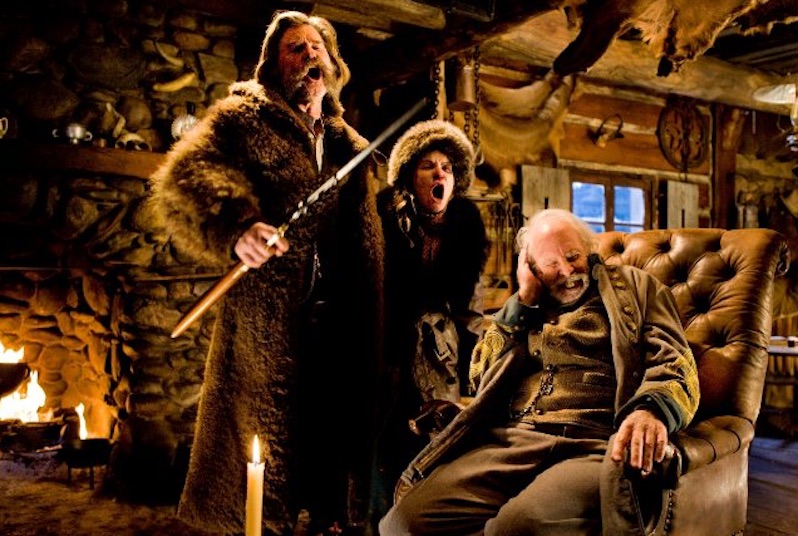 Kurt Russell, left, Jennifer Jason Leigh and Bruce Dern in "The Hateful Eight." (IMDB)
1
2
Kurt Russell, left, Jennifer Jason Leigh and Bruce Dern in "The Hateful Eight." (IMDB)
1
2
Confinement breeds claustrophobia and cabin fever, in both the characters and the audience, and for a while confers an unwanted sense of staginess, even sluggishness, to the movie, as yet another lengthy and loud braggadocio soliloquy gets underway. One yearns for an exterior shot or a flashback, any exit from this goddamn room.
Each character winkles out the contradictions and prevarications of the others, a Union-Confederate divide is even marked out down the center of the saloon, and before the intermission, as Tarantino stretches the elastic on his slingshot back almost to the breaking point, “The Hateful Eight” becomes an eight-way standoff, with bold interrogation and vicious insults in place of guns. For now.
The cinematography does pay off, though. Richardson finds multiple planes of action and layers of detail within this tight setting (sometimes his extreme racking of focus is like a roller coaster ride). The production design team has ensured that any random surface or area of the frame is convincingly busy and plausible, and an aid to the narrative. Tarantino’s expert sense of spatial dynamics keeps the tensions between the shifting factions at an agonizing pitch until the intermission, which arrives moments after the first on-screen killing occurs.
In the 187-minute roadshow version that was screened for critics, that intermission seems like a foolhardy proposition, a good moment to lose half one’s audience. Outside the theater there was a collective, frankly rather dejected sense of “when is he gonna pull his finger out and let fly?” In the hour and 20 minutes remaining, however, the director gives his audience everything it had been craving in the first section. The pacing turns headlong, the violence increases exponentially, as mystery after enigma begins to unwrap itself for us, perspectives and presumptions are drastically altered, and everything we want from a Tarantino movie is ours for the taking. (And Tarantino does not follow the conventional horror-movie trope of killing off characters in order, from the least-paid on up—like “The Dirty Dozen,” he’s admirably random in his sequencing of screen deaths.) All this being said, I shall be interested to learn, when I see the shorter, general-release 167-minute version, what he has cut or reshot. I imagine his trimmings may launch that final explosion of violence a good deal sooner.
The performances are as one expects from Tarantino, broad-brush, masculine, swaggering and profane. Russell works a little Broderick Crawford and John Wayne into his aggressive but astute bounty hunter, while Samuel Jackson is dependably Sam Jackson—he has a lot of fun, but nothing here can compare with his extraordinary Stepin Fetchit-like butler Stephen in “Django Unchained” (for the record, still my favorite QT movie). Roth and Madsen do their Tarantino thing, but the two performers who really sear the memory are Walton Goggins—this movie officially, finally, makes him a star—and Jennifer Jason Leigh, who hasn’t had a role this meaty in years. Goggins has the face of Warren Oates, the teeth of James Coburn and the twitchiness of a young Brad Dourif. After his splendidly loquacious turn as Boyd Crowder—“You can call me many things, but inarticulate ain’t one of them!”—in “Justified,” he is more than ready for Tarantino’s serpentine sentences and big-dick declamations. He was somewhat lost in the crowd playing a crude slave master in “Django Unchained,” but here he steps forward and comes dangerously close to walking away with the movie.
As a young actor, Jennifer Jason Leigh was noted for the extremes she was willing to go to, for the punishment she was willing to endure. There was the notorious gang rape of “Last Exit to Brooklyn,” sexual abuse in “Dolores Claiborne,” and her drug-dependent failed singer in “Georgia,” and she wasn’t afraid to play deeply creepy, as in “Single White Female,” or a positively dim (albeit sweet) character in “Miami Blues.” “The Hateful Eight” (along with her voice work in Charlie Kaufman’s “Anomalisa”) will put her front and center in moviegoers’ minds once again. Her Daisy Domergue undergoes endless punches, slaps and beatings before she shows her true colors. She performs minus her two front teeth and spends the latter half of the movie with another character’s brains sprayed all over her face, like Carrie after that bucket falls on her. She snaps, snarls, wheedles and cajoles, a bottomless pit of venom and guile and a ferocious, fearsome opponent. Playing the only substantial woman’s role in the movie, Leigh comes close to making the film her own.
And what of the N-word, used so often as a stick with which to beat Tarantino? I too feel that, by and large, the American language’s most potent secular blasphemy should no longer be the plaything of white artists—or white people in general. But I also feel, as I did with “Django Unchained,” that it was a depressingly all-pervasive slur throughout the 19th century, and that to avoid it would do a disservice to the period and to the material of “The Hateful Eight,” which, again like “Django Unchained,” has race and racism among its central themes and narrative threads. Touchy subject, but this time he gets a pass.
With its overture, its intermission, its chapter-numbered sections, its confined setting, its talkiness and even its origins last year in a live read in downtown Los Angeles (which I attended), “The Hateful Eight” to some extent prefigures Tarantino’s oft-stated desire to retire after making his 10th movie (two from now) and to concentrate on writing novels and works for the stage (including an adaptation of “Reservoir Dogs”). It sometimes gives “The Hateful Eight” the illusion of being a stage play that has been “opened up” for the movies.
And on a single viewing, that feeling, and the imbalance between the first and second halves, might be the abiding impression one is left with. Tarantino, however, is a man whose work is watched repeatedly by his fans, and with “The Hateful Eight,” that second viewing really is the charm. Once the mysteries and misdirections are all explained away or cleared up, the first half comes to life in an entirely different way, with almost every line open to multiple interpretations, and each character acquiring new layers and complexities. It’s like knowing who did it in “Vertigo.” Second time around you feel like you’re watching an entirely different, far richer movie.
Your support matters…
SUPPORT TRUTHDIG
Independent journalism is under threat and overshadowed by heavily funded mainstream media.
You can help level the playing field. Become a member.
Your tax-deductible contribution keeps us digging beneath the headlines to give you thought-provoking, investigative reporting and analysis that unearths what's really happening- without compromise.
Give today to support our courageous, independent journalists.
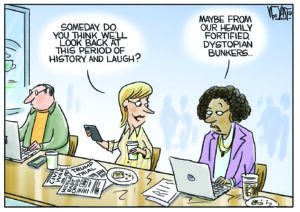
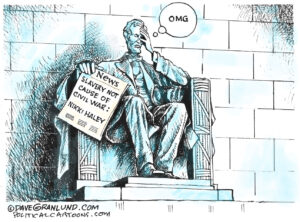

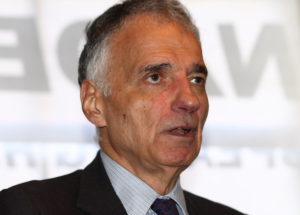
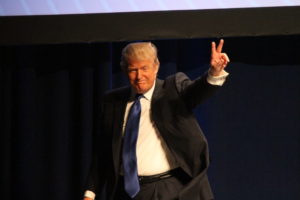

You need to be a supporter to comment.
There are currently no responses to this article.
Be the first to respond.